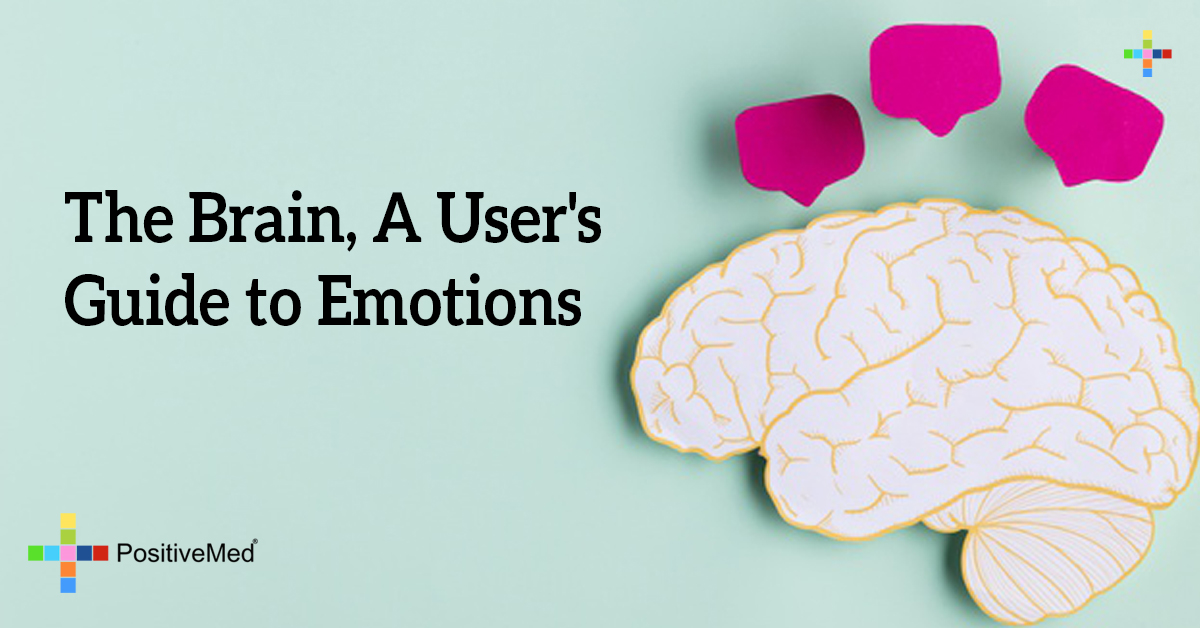


The amygdala stores the visual images of trauma as sensory fragments, which means the trauma memory is not stored like a story, rather by how our five senses were experiencing the trauma at the time it was occurring.

The amygdala holds the emotional significance of the event, including the intensity and impulse of emotion.įor example, if you’re on a roller coaster, your sensory information is “fear, speed, stress, excitement, not life-threatening.” The amygdala can read the emotional significance of the event as it’s a fun ride which you’ll be off in three minutes. When a person experiences a traumatic event, adrenaline rushes through the body and the memory is imprinted into the amygdala, which is part of the limbic system. They include the forebrain, or the prefrontal cortex, the limbic system, which is located in the center of the brain, and the brain stem. Several parts of the brain are important in understanding how the brain and body function during trauma. UNDERSTANDING THE BRAIN AND BODY IN TRAUMA With statistics this high, we can conclude that this is a normal response to an extreme situation and not a pathology. It is estimated that of 100 people who have experienced trauma, 25%, or 1 in 4, will experience PTSD, which includes 1 of every 4 burn survivors. The reasonable part of the brain is unable to help the emotionally loaded part of the brain get away from the trauma. The traumatic memory loops in the emotional side of the brain, disconnecting from the part of the brain that conducts reasoning and cognitive processing. How exactly are Joe’s brain and body being hijacked by the trauma? Simply put, when a person experiences something traumatic, adrenalin and other neurochemicals rush to the brain and print a picture there. Some common symptoms of PTSD include nightmares, flashbacks, panic attacks, startle response, and preoccupation with the traumatic event. The hijacking results in posttraumatic stress disorder (PTSD). He feels out of control because he can’t make his mind do what he wants it to do, which is to forget the trauma.īut despite what reason says, Joe’s body still holds on to the distress of the accident and is desperately trying to get out of the tank. For instance, he showed in a card game that people’s fingers sweat prior to picking up from a losing pile, even before they recognize at a conscious level that they’ve made a bad choice.Joe’s brain has been hijacked by trauma.
/amygdala-anatomy-373211_FINAL2-53b5c8e385fe490e95afef2f03f2e475.png)
Damasio later developed the somatic marker hypothesis to describe how visceral emotion supports our decisions. But rather than this making him perfectly rational, he became paralyzed by every decision in life. Consider Antonio Damasio’s patient, “Elliott.” Previously a successful businessman, Elliott underwent neurosurgery for a tumor and lost a part of his brain-the orbitofrontal cortex-that connects the frontal lobes with the emotions. But the truth is quite different-effective decision making is not possible without the motivation and meaning provided by emotional input. Translating this perspective to neuroscience, one might imagine that successful decision making depends on the rational frontal lobes controlling the animalistic instincts arising from emotional brain regions that evolved earlier (including the limbic system, found deeper in the brain). From Plato’s charioteer controlling the horse of passion, to Freud’s instinctual id suppressed by the ego, there’s a long tradition of seeing reason and emotion as being in opposition to one another.


 0 kommentar(er)
0 kommentar(er)
